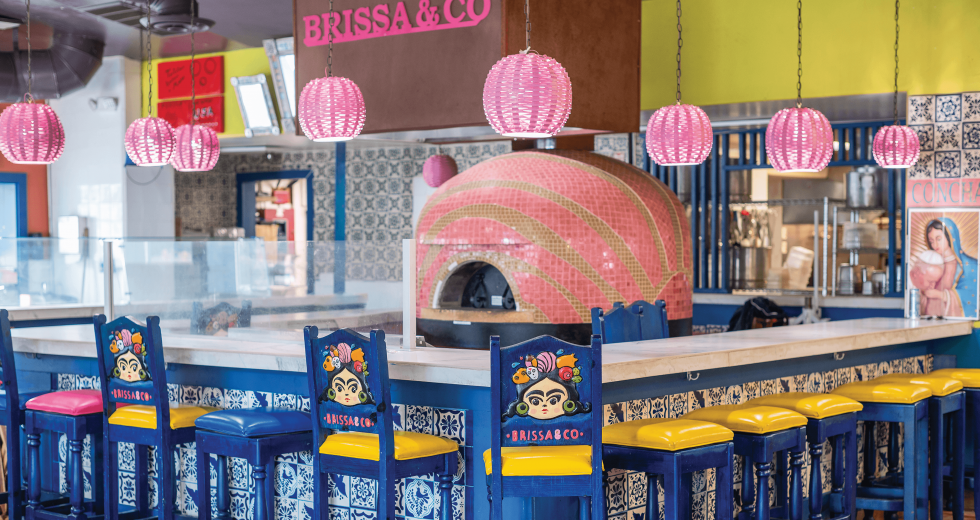Pan dulce, the generic term for a broad assortment of Mexican breads and pastries, is having a moment. A beloved staple of traditional panaderías — including Sacramento’s much-celebrated La Esperanza Bakery, which has been turning out conchas, cuernos and more since 1969 — pan dulce (in English, sweet bread) is being reimagined by intrepid bakers across the Capital Region. Comstock’s recently spoke with three local panaderos who are taking pan dulce to new heights while simultaneously paying tribute to the cultural traditions and food memories that shaped them.
French twist
Al Toral is a self-taught baker who, as a young person, started his career making cupcakes and cookies for his mother, owner of a Bay Area catering business. Today he’s an accomplished corporate pastry chef with a decade’s worth of experience baking at Apple’s Elk Grove campus. But it’s through Pain Pan Bakery, the cottage enterprise he launched from his home kitchen in 2022, that Toral has found a venue for fully expressing his creativity.
Toral, a devotee of French patisserie, fearlessly reinterprets traditional baked goods from across cultures, updating them with unexpected flavors and seasonal ingredients. For example, he might do a take on a Mexican tres leches cake featuring a vanilla sponge soaked in masala chai. Or he’ll top an Italian focaccia with a nutty homemade salsa macha. Or liven up a French galette with habanero and pineapple.
Brissa Heredia, owner of Brissa & Co., serves updated versions of
pan dulce in her Folsom restaurant and bakery.
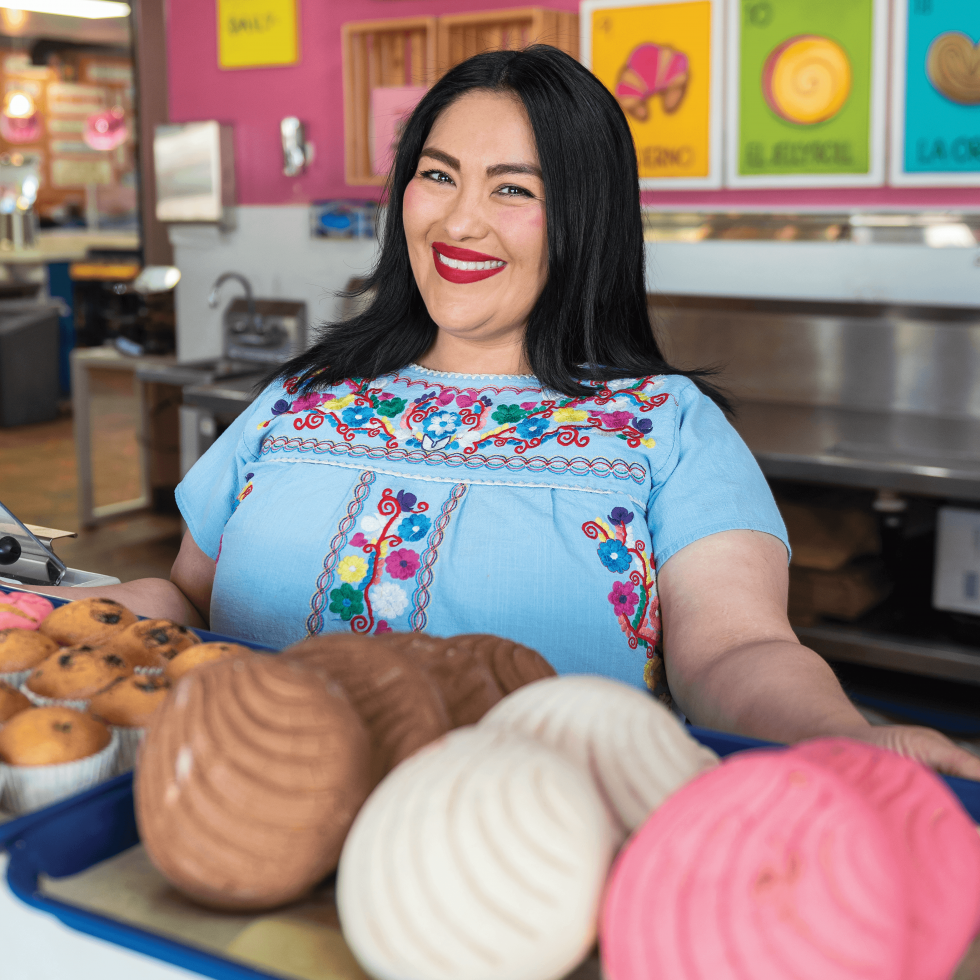
But Toral is perhaps best known for his conchas, the pretty Mexican sweet breads distinguished by their craquelin shell. In Toral’s hands, the conchas may appear as though they’re having an identity crisis, with flavors like Thai peanut, pistachio rose and spicy Aleppo lemon, but they’re actually an homage to his Mexican roots. “They are modern, but they still remind me of my grandmother,” he says. “I’m not limited to doing French and Mexican fusion. The things I bake can be whatever I want them to be.”
Toral’s aesthetic is influenced by painters and other visual artists, which is evident from his bold use of color. “I’m constantly stealing from artists,” he says, “because they use color in such wonderful and interesting ways. When I bake, I always want to reference an idea or a mood, and color becomes such a part of it.” His Instagram account, @painpanbakery, is overflowing with beautifully composed images of technicolor confections, such as his rainbow-encrusted, Pride-themed conchas, or his fresas con crema concha, a cheesecake-filled brioche bun capped with bright strawberry craquelin.
For now, Toral and his signature blue-and-white striped tent can be found at pop-up events around the city, including cultural festivals, wine bars and coffee shops. But he’s got big aspirations for Pain Pan. “I want to someday own my own Mexican-style bistro. Small plates, natural wine, pastries. That is my dream.”
Sweet dreams
Mireya Magaña, a cottage baker who peddles impossibly fresh pan dulce from her south Sacramento home on the weekends, first got into baking at the urging of her boyfriend, Angel Gonzalez Ramiro. “In the beginning it was really more his dream to start this business. I wanted to be a teacher, but then I fell in love with baking. His dream became my dream,” explains the co-owner of Panadería La Guadalupe, which launched in late 2022.
Ramiro, who started baking in Puebla, Mexico, worked briefly at La Esperanza and now bakes for Mi Rancho market, has been teaching Magaña everything he knows about pan dulce. “He’s a perfectionist and wants to get everything just right,” she says.
Magaña named the business for her grandfather. “He and my grandmother have passed away, but they were such important people in our family because they were what brought us all together. I think he would be proud of me for starting this business. My cousins, siblings and I, we are all trying to start something from the ground up and better ourselves. That’s what our grandparents taught us to do.”
Magaña has comforting memories of her grandmother sneaking pan dulce to her when she was a child. Growing up, she didn’t have a lot of sweets at home, but her grandmother, against her mother’s wishes, would often have a treat waiting for her when she visited.
The couple’s baking venture began humbly. “We started with six basic items that everyone knows and posted them on Facebook and Instagram,” says Magaña. “I would make just a few of each item and see what sold.” As their online following grew, they added more types of pan dulce and started taking advance orders and making deliveries. Magaña’s sister, Ariana, helps with the operation.
These days, the panadería offers 20 or so different items weekly, including pan de elote (a dense, moist cornbread), niño envuelto (a jelly roll dusted in coconut) and a cushiony, irresistible bolillo. There are also the staple sweet breads shaped like crescents, cones, corncobs, turtles and, of course, shells.
While Magaña and Ramiro don’t stray too far from tradition with most of their recipes, their conchas are the exception. In addition to versions topped with Oreo crumbs or stuffed with Nutella, “we’re also experimenting with new ideas, such as a concha flavored like a Gansito,” the popular chocolate-covered Mexican snack cake filled with strawberry jelly and cream, she says.
Magaña, who is finishing up a liberal studies degree at Sacramento State, has become so emboldened by the loyalty of her customers that she may put her teaching career on hold while she and Ramiro grow La Guadalupe. “One lady has bought big orders from me almost every week. I think our customers like supporting small pop-up businesses like ours. We would love to have our own storefront someday.”
Living color
Brissa Heredia, owner of Brissa & Co., a Mexican restaurant and bakery in Folsom, is no stranger to the food business. Her grandparents founded Carmelita’s restaurant in Roseville in the early 1960s. (The family also has locations in Fair Oaks and San Diego.) When it came time for Heredia to start her own venture, her mother urged her to name the restaurant after herself, and Brissa & Co. was born.
Al Toral, an accomplished corporate pastry chef, infuses Mexican
classics with French techniques for Pain Pan Bakery.
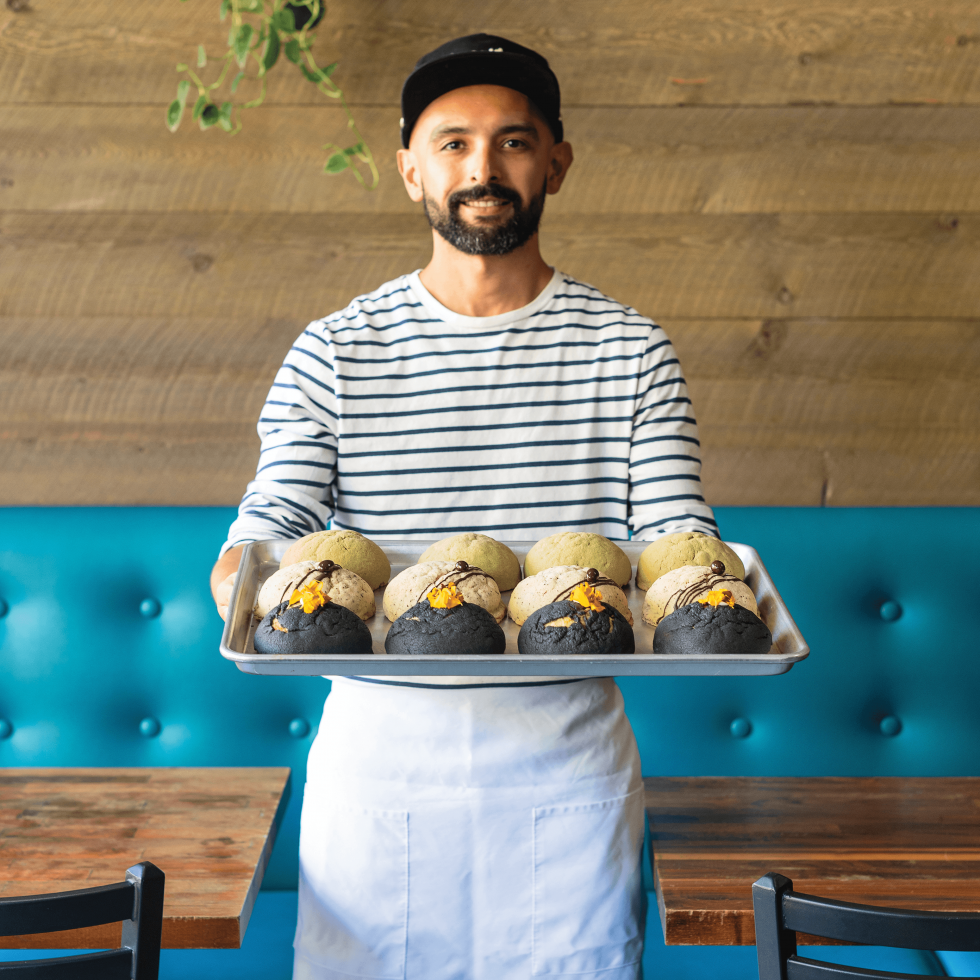
Heredia recalls the thrill of visiting Esperanza Bakery with her father as a child. “I also remember there was a tortilleria across the street from our Roseville restaurant that sold pan dulce. Seeing the pink conchas and all the beautiful colors there as a child was the best.”
It makes sense, then, that all these years later Heredia would incorporate a panadería into her own restaurant. “Baking was a different side of the Mexican kitchen that we had never explored before, so it was really exciting to have a bakery onsite,” says Heredia. In fact, at the heart of the restaurant sits a massive dome-shaped oven dotted with pink and tan mosaic tiles to resemble a giant concha — a playful monument to the art of pan dulce.
It didn’t take long before customers were lining up to sample Brissa & Co.’s unique spin on pan dulce: colorful, creative and on trend. Think green turtle conchas with matcha craquelin, heart-shaped empanadas, and conchas stuffed with any manner of fillings, from pumpkin to caramel apple to Nutella (their best seller). “I think my brother said it best: ‘It may not be authentically Mexican, but it’s authentically you,’” says Heredia.
Given the bakery’s instant popularity, it was clear that Heredia had tapped into something special. “I didn’t expect it to be as big as it was,” she says. “People just flocked to it. We were selling out every day. It became challenging for us to learn how to make enough bread and offer enough variation.”
As the in-person bakery was taking off, Heredia used social media to break into online sales, which have been booming. Thanks to the traction she’s gotten on TikTok and Instagram, “we’ve shipped our pan dulce all over the United States — to New York, Florida, Arizona. And it’s 100 percent due to social media. There’s no other way it would happen. One of our videos got a million views. It’s just a blessing to reach so many people.”
The panadería’s runaway success has the ambitious restaurateur dreaming about the future. “I would love to venture out on the coffee and bakery side, maybe do a drive-through coffee shop and bakery,” says Heredia. “Our coffee is really fantastic. I mean, it doesn’t get any better than Mexican spiced coffee with pan dulce.”
–
Stay up to date on business in the Capital Region: Subscribe to the Comstock’s newsletter today.
Recommended For You
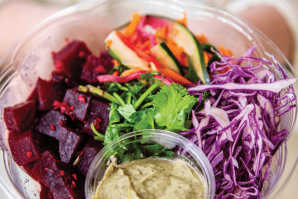
Reset and Drink Up
These Capital Region cafes offer food and drink with a side of health care
Across the region, health food businesses are branching beyond acai bowls and chia-seed puddings to offer customers a broader spectrum of health programs and treatments. From juice cleanses to lattes with a side of ionic detoxification, the spread of these businesses demonstrates that customers are willing to invest in their health — and are looking beyond the traditional health care system to do so.
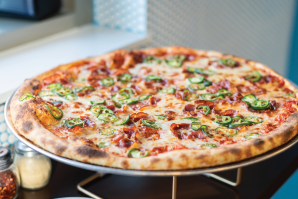
Reeling Them In
Local restaurants use Instagram Reels and TikTok to attract customers
Your experience of social media may be as a fun time-waster, an angst-producing FOMO (fear of missing out) machine or the reason you know your Uncle Dennis believes in ancient aliens. But to many restaurant owners, social media is a necessity.
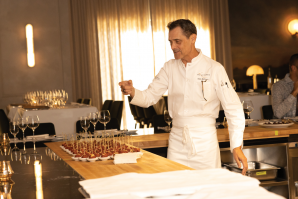
Star Power
The Michelin guide helps put Sacramento restaurants on the map
Winning a Michelin star is something ambitious chefs spend a lifetime dreaming of and working toward. A star from the world-famous Michelin Guide promises life-changing benefits: Money. Customers. Fame. There’s even a term for it: the Michelin effect.
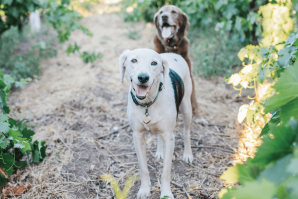
Going to the Dogs
Lodi vineyards and nurseries test canine pest detection
The solution to one of the wine industry’s most costly and threatening problems may be coming soon from Lodi — and it will trot out on four feet, tails a-wagging, with noses keener than even advanced scientific equipment.
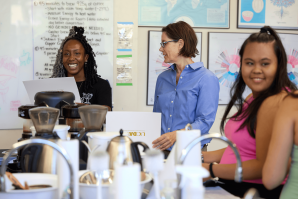
Brewed to Perfection
The most popular course at UC Davis teaches engineering students the scientific art of making coffee
Coffee is a $225 billion industry in the U.S., providing 1.6 million jobs. But are we growing, roasting and making the best cup possible? That’s what an innovative program at the UC Davis School of Chemical Engineering has been working on for the past 10 years.
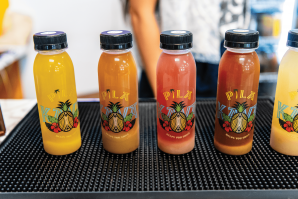
The Kava Capital
Sacramento has a thriving kava scene. Will newcomer Pila Kava offer something new?
The first sip of Pila Kava hits like a low dose of novocaine, numbness spreading across the surface of the tongue. This soon fades into a background hum as the flavors bloom. The first note is the earth and spice of the kava itself — the root of a pepper variety native to the South Pacific.



